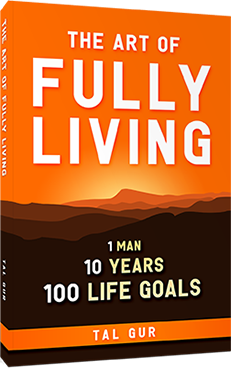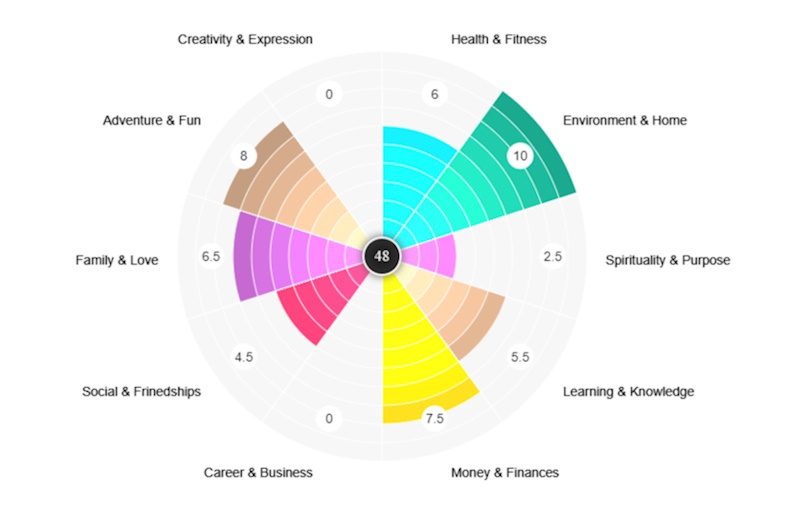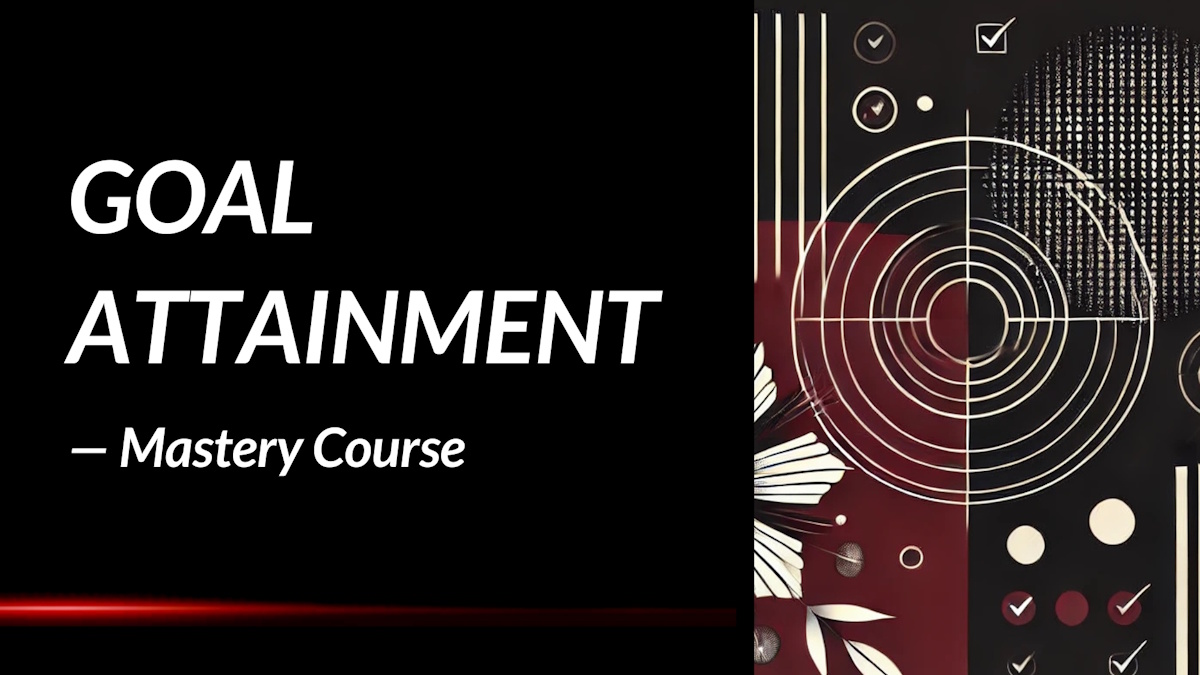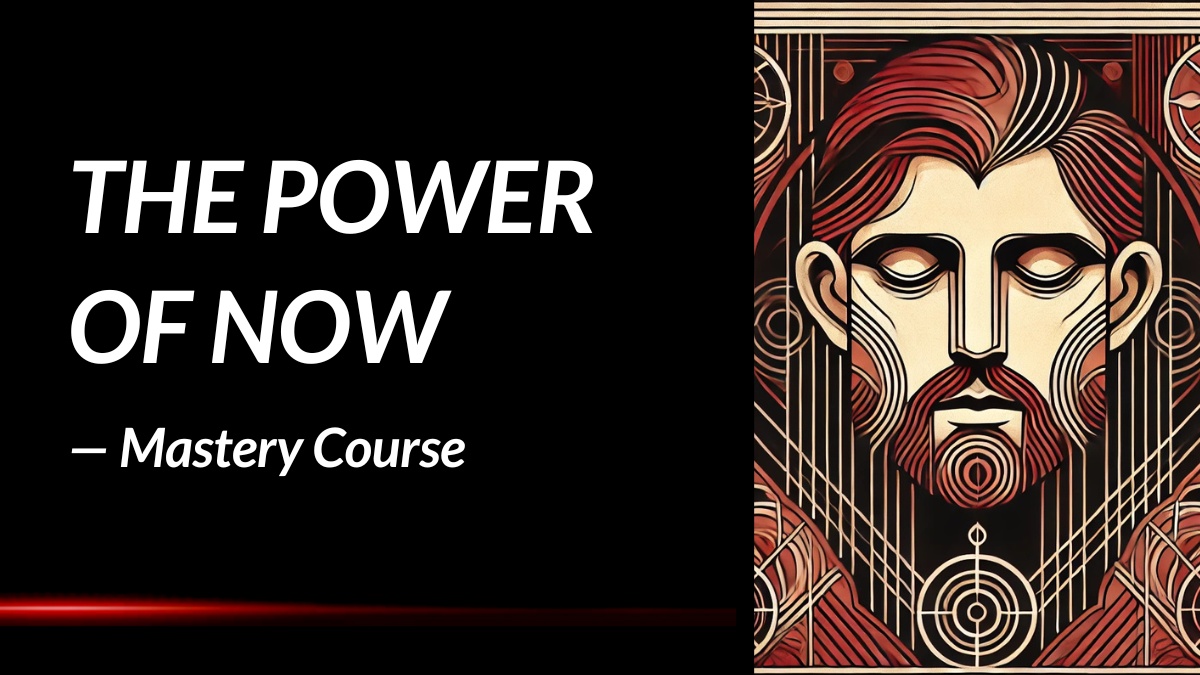The Clinician’s Guide to Treating Adult Children of Narcissists: Summary Review
What if the key to effectively supporting clients lies in truly understanding the hidden wounds inflicted by narcissistic parents? In The Clinician's Guide to Treating Adult Children of Narcissists, authors Amy Marlow-MaCoy and Amy Kempe offer invaluable insights into this complex dynamic, providing therapists with the tools needed to facilitate genuine healing.
What is the Book About?
Adult children of narcissists often learn to minimize or dismiss their own experiences as a survival mechanism, making it challenging for even seasoned therapists to recognize and address their unique struggles. This guide delves into the nuanced world of narcissistic family dynamics, emphasizing the importance of clinicians fully grasping the depth of their clients' experiences. By doing so, therapists can avoid common pitfalls that might inadvertently perpetuate cycles of invalidation and harm.
Drawing from extensive clinical practice and enriched with compelling client narratives, the book offers a comprehensive roadmap for assessing and treating narcissistic abuse. It equips therapists with strategies to differentiate narcissistic abuse from other familial conflicts, navigate ethical considerations in assessments, address complex trauma and attachment wounds, and manage the intricacies of transference and countertransference in therapy sessions.
Book Details
Print length: 182 pages
Language: English
Publication date: February 21, 2023
Genre: Psychology/Mental Health
Book Author
Core Theme
At its heart, the book underscores the critical need for therapists to recognize and validate the often-hidden experiences of clients raised by narcissistic parents. It sheds light on the subtle yet profound ways narcissistic abuse manifests, emphasizing that without proper acknowledgment, healing remains elusive. The authors advocate for a therapeutic approach rooted in empathy, awareness, and specialized strategies tailored to the unique challenges these clients face.
Furthermore, the guide delves into the complexities of the therapist-client relationship in such contexts, highlighting potential challenges like transference and countertransference. By addressing these dynamics head-on, the book provides clinicians with the tools to maintain a therapeutic environment conducive to genuine healing and growth.
Main Lessons
A few impactful summary lessons from The Clinician's Guide to Treating Adult Children of Narcissists:
1. Healing Requires Understanding the Impact of Narcissistic Parenting
To truly heal from the wounds inflicted by narcissistic parenting, it's essential to understand how these dynamics shape an individual's emotional and psychological landscape. The book emphasizes that narcissistic parents often manipulate their children to meet their own emotional needs, leaving lasting scars of self-doubt, low self-esteem, and identity confusion. Adult children of narcissists often struggle to define their own worth outside of their parent's validation. Recognizing this pattern is a vital first step toward breaking free from the internalized belief that they are inherently flawed or unworthy. Only by understanding the root of their struggles can survivors begin to rebuild their sense of self and establish boundaries that protect their well-being.
2. Therapists Must Be Informed and Compassionate When Addressing Trauma
The book highlights the importance of therapists being well-versed in the complexities of narcissistic abuse to effectively support their clients. Therapists who lack an understanding of how narcissistic parenting affects adult children may inadvertently invalidate their clients’ experiences, reinforcing feelings of invisibility and worthlessness. A compassionate approach, grounded in knowledge and empathy, is crucial to helping survivors process their trauma and develop healthier coping mechanisms. The therapeutic journey requires creating a safe, validating space where clients feel heard, understood, and empowered to reclaim their narratives.
3. Validation Is the Foundation of Rebuilding Self-Worth
Survivors of narcissistic parenting often grow up feeling that their feelings and perspectives are invalid or irrelevant. As adults, they may struggle with chronic self-doubt and a pervasive sense of guilt when asserting their needs. The book emphasizes that validation from both the therapist and the survivor themselves is a critical component of healing. Learning to trust their own perceptions and emotions without seeking external approval allows survivors to rebuild their self-worth. This process of self-validation helps disentangle their identity from the narcissistic parent's expectations and manipulations.
4. Setting Boundaries Is Essential for Emotional Safety
One of the most challenging aspects for adult children of narcissists is establishing boundaries, as they often grew up without the right to say no or express discomfort. The book underscores that setting firm, consistent boundaries is not just an act of self-protection but a declaration of self-respect. Therapists are encouraged to help clients practice boundary-setting in a safe environment before applying these skills in real-world scenarios. Through this process, survivors learn that prioritizing their own needs does not make them selfish; rather, it is a necessary step toward emotional autonomy and healing.
5. Breaking the Cycle of Codependency and Enmeshment
Many adult children of narcissists find themselves trapped in codependent relationships, mirroring the dynamics they experienced with their parents. The book explains that healing involves breaking free from the compulsion to put others’ needs above their own or to seek worth through caretaking. Therapists should guide clients in recognizing patterns of enmeshment and developing a sense of individuality separate from their role as a caretaker. Emphasizing self-compassion and self-care empowers survivors to build healthier, more balanced relationships that are not rooted in obligation or guilt.
6. Acknowledging the Grief of Lost Parental Bonds
A poignant aspect of recovery is coming to terms with the reality that the nurturing, supportive parent the survivor longed for never existed. This grief is often compounded by the societal expectation to maintain family ties regardless of the cost. The book advises therapists to validate this sense of loss while guiding clients through the mourning process. Accepting that the parental figure they wished for will never materialize is a critical turning point, allowing survivors to let go of the fantasy and focus on building authentic connections elsewhere.
7. Reframing Guilt and Shame as Manipulative Tools
Narcissistic parents often use guilt and shame as tools to maintain control, making it difficult for their children to break free even in adulthood. The book teaches that recognizing these emotions as manipulative tactics rather than reflections of personal failure is crucial for emotional liberation. Therapists can help clients identify when guilt is being used as a means of control and reframe their responses accordingly. This shift in perspective empowers survivors to reclaim their autonomy and resist the pull of old, destructive patterns.
8. Self-Compassion as a Tool for Resilience
Healing from the emotional abuse of narcissistic parenting requires cultivating self-compassion, especially when confronting painful memories or setbacks. The book emphasizes that survivors must learn to treat themselves with the kindness and understanding that they never received from their parents. Developing a nurturing inner voice helps counteract the harsh, critical messages ingrained from childhood. This practice not only fosters resilience but also encourages a healthier self-relationship, paving the way for sustainable personal growth.
9. Moving Beyond Survival to Thriving
The ultimate goal of therapy for adult children of narcissists is not just to survive but to thrive. The book encourages clients to envision a life defined by their own choices, free from the lingering influence of their past. Therapists can support this transformation by helping clients set realistic, fulfilling goals that honor their newfound sense of self. Embracing the possibility of happiness and fulfillment, rather than merely managing symptoms, marks a significant milestone in the healing journey.
10. The Journey of Healing Is Personal and Nonlinear
Recovery from narcissistic abuse is neither a quick fix nor a straight path. The book reminds both clients and therapists that setbacks are a natural part of the process. Progress may come in waves, with moments of clarity followed by periods of doubt. Maintaining patience and compassion during these fluctuations is essential. Each individual’s journey is unique, and acknowledging this variability helps reduce the pressure to “heal perfectly.” Instead, the focus remains on steady, authentic progress, rooted in self-awareness and intentional change.
Key Takeaways
Key summary takeaways from the book:
- Recognizing the distinct characteristics of narcissistic abuse is essential for effective intervention.
- Therapists must be vigilant to avoid inadvertently perpetuating cycles of invalidation common in narcissistic family dynamics.
- Addressing complex trauma and attachment wounds requires specialized strategies tailored to the experiences of adult children of narcissists.
- Understanding and managing transference and countertransference are crucial in maintaining a productive therapeutic relationship.
- Empathy and validation are foundational in supporting clients on their healing journey from narcissistic abuse.
Book Strengths
The Clinician's Guide to Treating Adult Children of Narcissists stands out for its practical, hands-on approach. It offers therapists actionable strategies, enriched with real-life client stories, making complex concepts accessible and relatable. The inclusion of client handouts, charts, and questionnaires further enhances its utility as a comprehensive resource for clinicians.
Who This Book Is For
This book is an invaluable resource for mental health professionals, including therapists, counselors, and psychologists, who work with clients affected by narcissistic parental relationships. It's also beneficial for students in the mental health field seeking a deeper understanding of narcissistic family dynamics and effective therapeutic interventions.
Why Should You Read This Book?
For clinicians aiming to enhance their competency in treating adult children of narcissists, this guide offers a wealth of knowledge and practical tools. It bridges the gap between theoretical understanding and real-world application, empowering therapists to provide more effective and empathetic care to this unique client population.
Concluding Thoughts
Navigating the intricate dynamics of narcissistic family systems presents a formidable challenge for therapists. The Clinician's Guide to Treating Adult Children of Narcissists serves as a beacon, illuminating the path toward more effective and compassionate interventions. By immersing themselves in the insights and strategies offered, clinicians can profoundly impact their clients' healing journeys.
In essence, this guide is more than just a book; it's an essential companion for any therapist committed to understanding and addressing the deep-seated wounds inflicted by narcissistic parents. Embracing its teachings can transform therapeutic practices and, ultimately, the lives of those seeking solace and recovery.
→ Get the book on Amazon or discover more via the author's website or social channels.
* The publisher and editor of this summary review made every effort to maintain information accuracy, including any published quotes, lessons, takeaways, or summary notes.
Chief Editor
 Tal Gur is an author, founder, and impact-driven entrepreneur at heart. After trading his daily grind for a life of his own daring design, he spent a decade pursuing 100 major life goals around the globe. His journey and most recent book, The Art of Fully Living, has led him to found Elevate Society.
Tal Gur is an author, founder, and impact-driven entrepreneur at heart. After trading his daily grind for a life of his own daring design, he spent a decade pursuing 100 major life goals around the globe. His journey and most recent book, The Art of Fully Living, has led him to found Elevate Society.

















